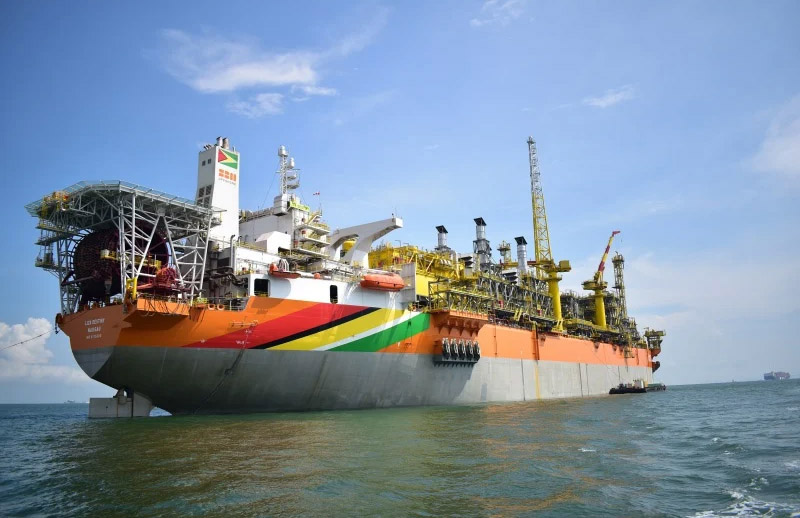The Environmental Protection Agency (EPA) today defended its appeal of a decision by Justice Sandil Kissoon on insurance for the Liza 1 oil platform and says it believes it has excellent prospects for success.
A statement from the EPA follows:
Reasons for EPA’s Appeal of High Court Ruling on Liza 1 Financial Assurance
The EPA has observed much speculation in the public domain on the ruling of the High Court handed down on May 3, 2023. We wish to emphasise that we take our mandate and responsibility seriously and have at all times discharged our statutory functions without fear or favour.
We at all times make decisions informed by available information, research and in
accordance with the Environmental Protection Act Cap 20:05 (EP Act), and our approach to compliance and enforcement is in keeping with international standards.
We respectfully do not agree with the ruling and sought counsel, and have since filed an appeal against the decision through Attorney-at-law, Sanjeev Datadin. We believe we have excellent prospects for success. Our grounds for appeal are as follows:
The EPA at no time had any doubts that the Permit Holder was strictly and fully liable under the Environmental Protection Act Cap 20:05 (EP Act) and the Permit for any pollution or damage to the environment, including compensation of affected parties. The EPA always maintained that the Permit Holder had full and strict liability to clean up, restore, remediate, and compensate for any harm caused by pollution whether wilfully or by accident.
The EPA reviewed the Insurance Policy provided to it since 2019 against typical insurance coverage across several jurisdictions, and it was found that the coverage related to oil spill liabilities of 600 million was equivalent, and in some cases exceeded the typical coverage offered in some jurisdictions.
The EPA had to be diligent and ensured that it negotiated an Affiliate Company Guarantee that fulfilled the requirement of section 31 (2) of the EP Act which states that a requirement for Financial Assurance shall specify the amount. The question therefore became, what amount can be specified and how can this be estimated?
Further, the EPA wanted to ensure that any amount agreed upon, was not arbitrary, and could be renegotiated based on increased risks and any circumstances that resulted in the amounts specified being exceeded. To achieve this, the EPA consulted practice in several jurisdictions, institutions, and regulators such as OGUK, NOPSEMA and oil spill liability regimes in the US, UK, China, Brazil etc and found that despite the fact that there was full liability for oil spill on the part of operators, no jurisdiction had unlimited/uncapped Financial Assurance. Even the US under its Oil Pollution Act (OPA) had capped Financial Assurance requirements.
Guidance received from OGUK and NOPSEMA Australia found that operators in those jurisdictions were required to provide an estimate of the reasonably credible cost of responding and cleaning up a worst-case spill, and this estimate was used to set amounts of Financial Assurance, including a declaration of financial capability/rating.
The EPA therefore instructed EEPGL to provide this estimate and declaration so that can be used to inform the terms and conditions and amount of Financial Assurance in the Guarantee.
At the time of the hearing of this matter, the EPA had received the estimate to the tune of 1.5 to 2 billion dollars and had several engagements discussing results and using same to inform its final negotiations on the agreement.
Negotiations concluded on April 27, 2023 on the amount guaranteed, the terms and
conditions for renegotiations based on increased risks, and next steps if unfulfilled
obligations exceeded the 2 billion guaranteed amounts.
The EPA maintains that at all material times we acted in accordance with the law and executed our statutory functions diligently and to the best of our abilities.





